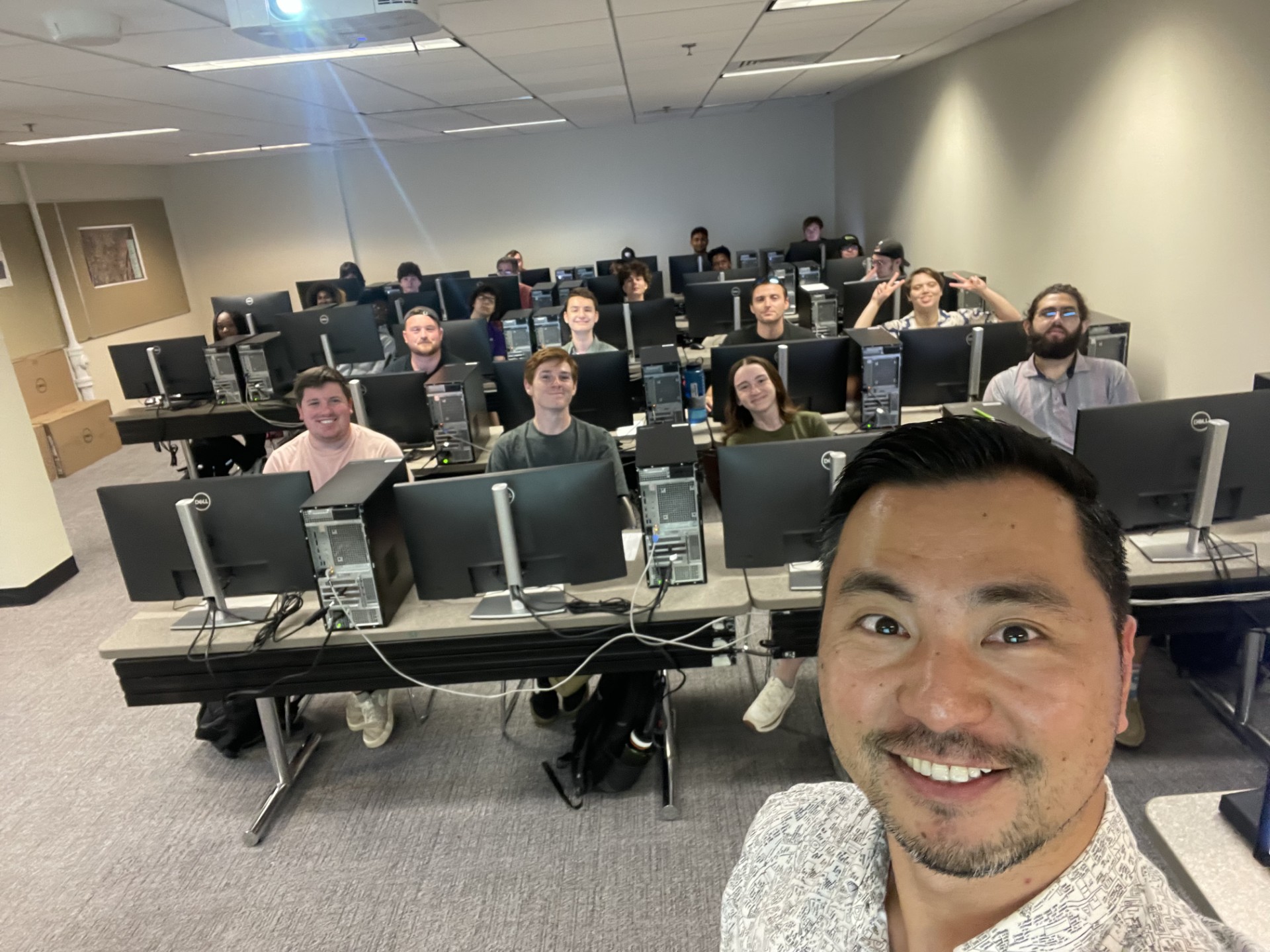5 Questions with Rui Li: Exploring Geographic Information Systems

By Mike Nolan
ALBANY, N.Y. (April 15, 2025) — Most people are using Geographic Information System (GIS)-powered tools in their daily lives without realizing it.
GIS is used to manage, analyze and visualize geographic or spatial data. The technology supports decision makers across various fields such as urban planning, environmental monitoring, public health and emergency response, along with popular navigation apps like Google Maps and Waze.
The University at Albany offers a two-year master’s program in geographic information science and was recently accepted as a member of the University Consortium of Geographic Information Science.
We caught up with Associate Dean for Social Sciences Rui Li, who is also an associate professor in the Department of Geography, Planning & Sustainability and previously directed the GIS master’s program, to learn more about his background and the future of geospatial technologies.
How did you get into this role?
My background has been in cartography and geographic information science since I entered college because of my enthusiasm for maps and traveling as a child. My own academic journey has taken place in four countries over three different continents. I joined UAlbany in 2014 after completing my postdoctoral research in Muenster, Germany.
While I was learning some of the traditional techniques of map making in college, I witnessed the power of computer technology rapidly advance to support decision making in fields such as planning, business, emergency management, environmental conservation and health. With the recent development of artificial intelligence, I am seeing the further advancement of geospatial technologies. At UAlbany, we want to adapt the latest technology and introduce it to our students and make them competitive on the job market.
The $16 billion GIS industry is expected to double in the next few years. What’s driving the demand?
Many of us have heard about the phrase from real estate agents: location, location, location!

Location, in other words, spatial data, is what makes the GIS industry grow and keep growing. When information is associated with locations, spatial intelligence or location intelligence has become vital to so many businesses and organizations in both public and private sectors. Location intelligence plays a role in almost every aspect of our daily lives. Popular apps in areas such as navigation, ridesharing, food delivery and social networking are all based on our locations. Another relatable example is self-driving cars. The autonomous navigation relies on precise location and other spatial data.
In short, GIS plays a crucial role across many industries and is poised for continued growth.
What are some career options for master’s in geographic information science?
Students graduating from our GIS master’s program, as well as the Graduate Certificate in Geospatial Artificial Intelligence and Big Data Analytics, can choose from a range of careers across various sectors such as market analysis, transportation planning, natural resource management, environmental conservation, climate adaptation, data science or emergency management.
We see our students working in government agencies such as the Department of Health, Department of Environmental Conservation, Office of Attorney General, Capital District Regional Planning Commission, as well as private businesses. One of our students even established his own geospatial technology business in the Capital Region and keeps hiring students who graduated from the same program.
What makes the program at UAlbany unique?
Located in New York’s capital city, our graduate program provides students access to a wide range of opportunities for professional development in government agencies, consulting firms, private companies and nonprofit organizations. We have signed multiple memoranda of understanding with state agencies such as the Department of Environmental Conservation and Department of Health to provide our students paid internship opportunities where they not only receive financial support, but also professional development through solving real-world problems. We also offer both in-person and online options to suit the specific needs of individual students.
How are artificial intelligence and other emerging technologies reshaping GIS?
AI-powered machine learning models enable more accurate and faster spatial analysis with a massive amount of geospatial data, from detecting patterns to classifying satellite imagery, to supporting smart city planning and environmental monitoring, urban development and public health. Additionally, augmented reality (AR) and virtual reality (VR) are enhancing GIS visualization. In short, AI and emerging technologies are making GIS more intelligent, efficient and predictive, unlocking new possibilities across industries.
With the emerging technology of artificial intelligence, we have seen students working as geospatial artificial intelligence (GeoAI) analysts. Our program is in the process of developing an undergraduate degree specialized in GeoAI to provide degree and certificate training specific to this field, which is in high demand on the job market.
Joining the University Consortium for Geographic Information Science is a strategic step that connects us with the nation’s leading GIS institutions and positions us as an active player in shaping the future of GIS education. Through this network, we not only stay at the forefront of emerging technologies like AI, but also contribute directly to advancing research, promoting ethical geospatial practices and building interdisciplinary communities that influence the direction of GIScience on a national scale. I am pleased to be working closely with the College of Arts and Sciences, within my role as associate dean, to continue to promote our programs and research endeavors in these areas of exploration.




